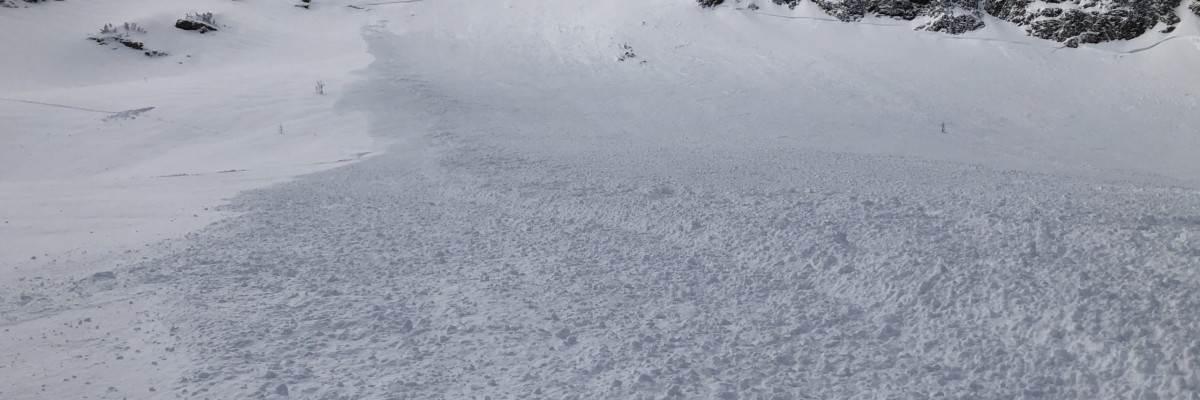The avalanche danger is Considerable today in the west central Montana Backcountry. Winds and new snow are creating dangerous avalanche conditions.
Good Morning. This is Travis Craft with the West Central Montana Avalanche Center advisory on Tuesday, January 5th, 2021.This advisory is sponsored by the Trail Head. This advisory does not apply to operating ski areas, expires at midnight tonight, and is the sole responsibility of the U.S. Forest Service.
Weather and Snowpack
Mountain temperatures range from 22 degrees to 30 degrees F this morning. The advisory area has received 3 to 8 new inches of snow. Winds are ranging from 20 to 30 mph, prime wind speeds for snow transport to leeward slopes.
We have a snowpack that can produce avalanches. Pit tests from the Rattlesnake, Lost Trail Pass, and Lolo Pass show that we have weak layers in the top third of the snowpack and near the bottom of our snowpack throughout the advisory area. New snow and winds are putting stress on these layers.
On January 3, 2021, at approximately 3:33 PM MST, a skier triggered an avalanche on the SE face of Big Jo in the Bitterroot Range. The skier was caught and carried 250 ft. This avalanche is clear evidence that new snow and winds are putting stress on the snowpack, and it is possible to trigger avalanches. This public observation is a great learning experience for everyone. It shows what our current snowpack can produce. We are thankful for this observation and the outcome.
Bottom Line
Look for sheltered, simple low angle terrain today. New snow and winds are stressing our weak layers. Keep it simple today. Avoid wind loaded terrain. Travel one at a time in avalanche terrain, carry a beacon, shovel, and probe. Remember to reassess conditions throughout the day and stay alert for signs of instability. Dig a pit. Look for red flags.
Upcoming Education Events:
Please visit our education page for an up to date list of regional educational events and course offerings. Below are a few select events and opportunities to check out this week.
- Wednesday, January 6th, 6–7:30 pm MST, FREE Online 1.5-hr Avalanche Awareness Session | Missoulaavalanche.org + SheJumps event | Delivered by A3 Pro female instructors | Register Here
Public Observations
Thank you to everyone who has taken the time to send in a public observation. Please keep sharing what you find and see while out in the backcountry. This forum is a great resource to glean information about current conditions. Here is the link to Public Observations.
Ski and ride safe.














